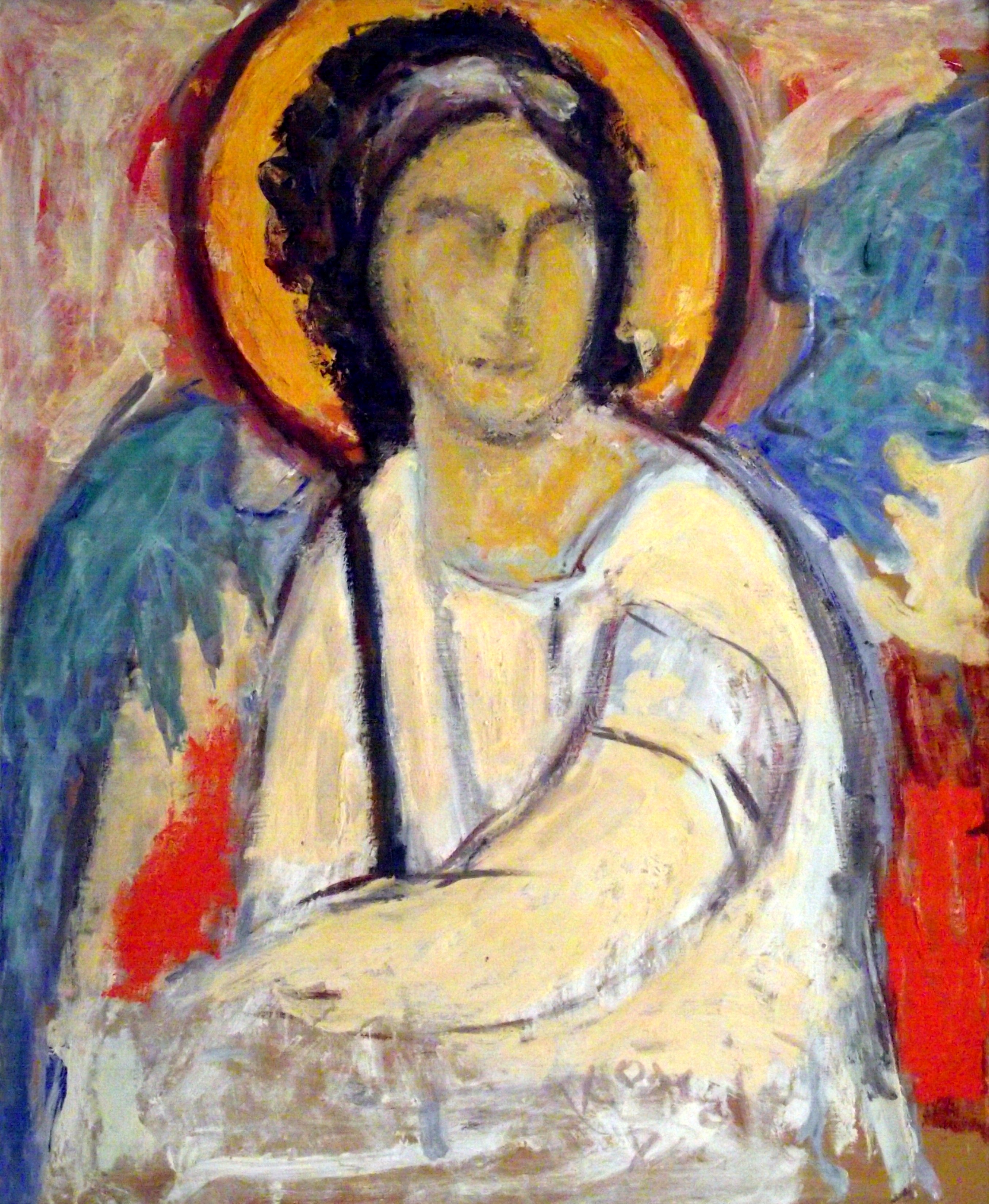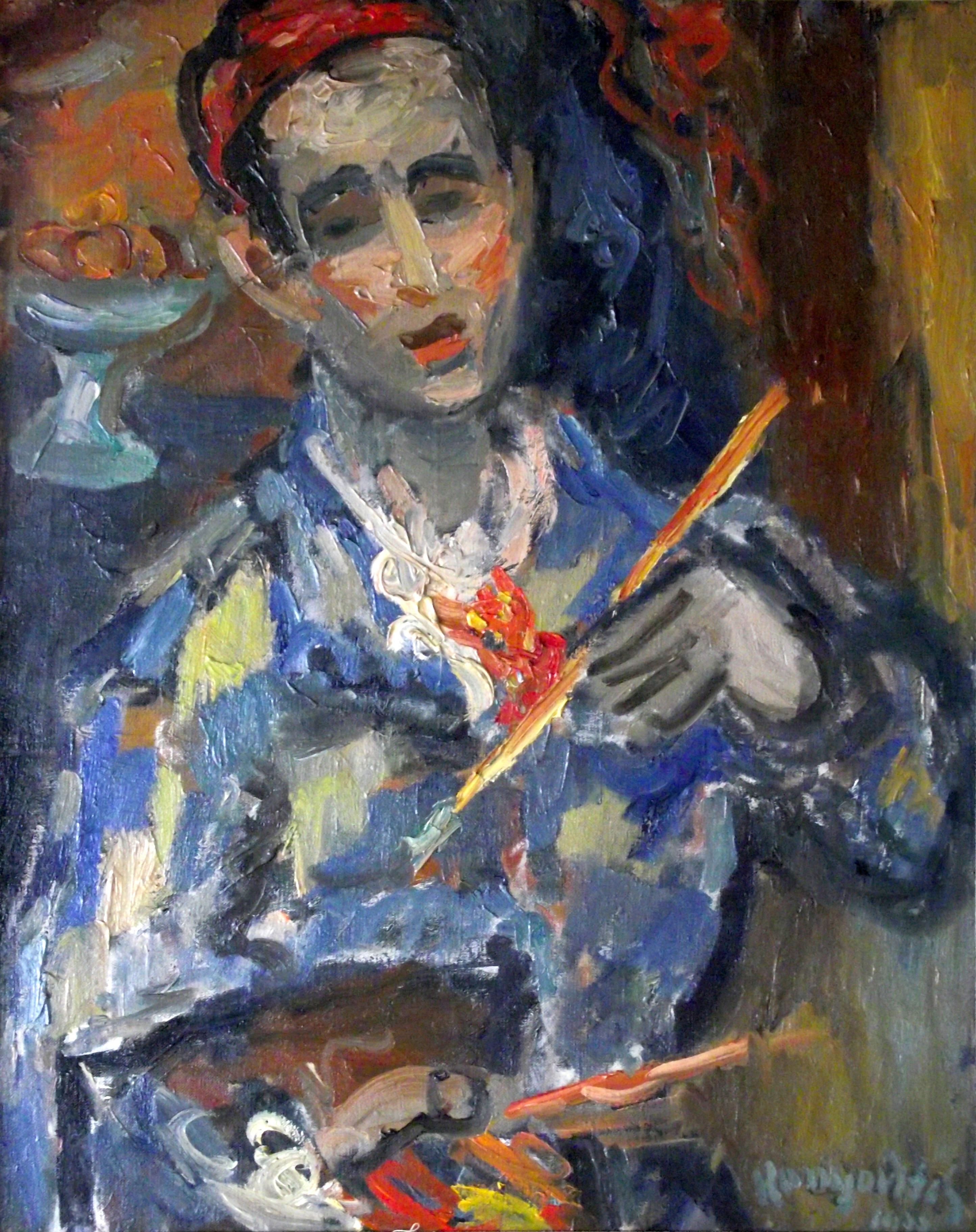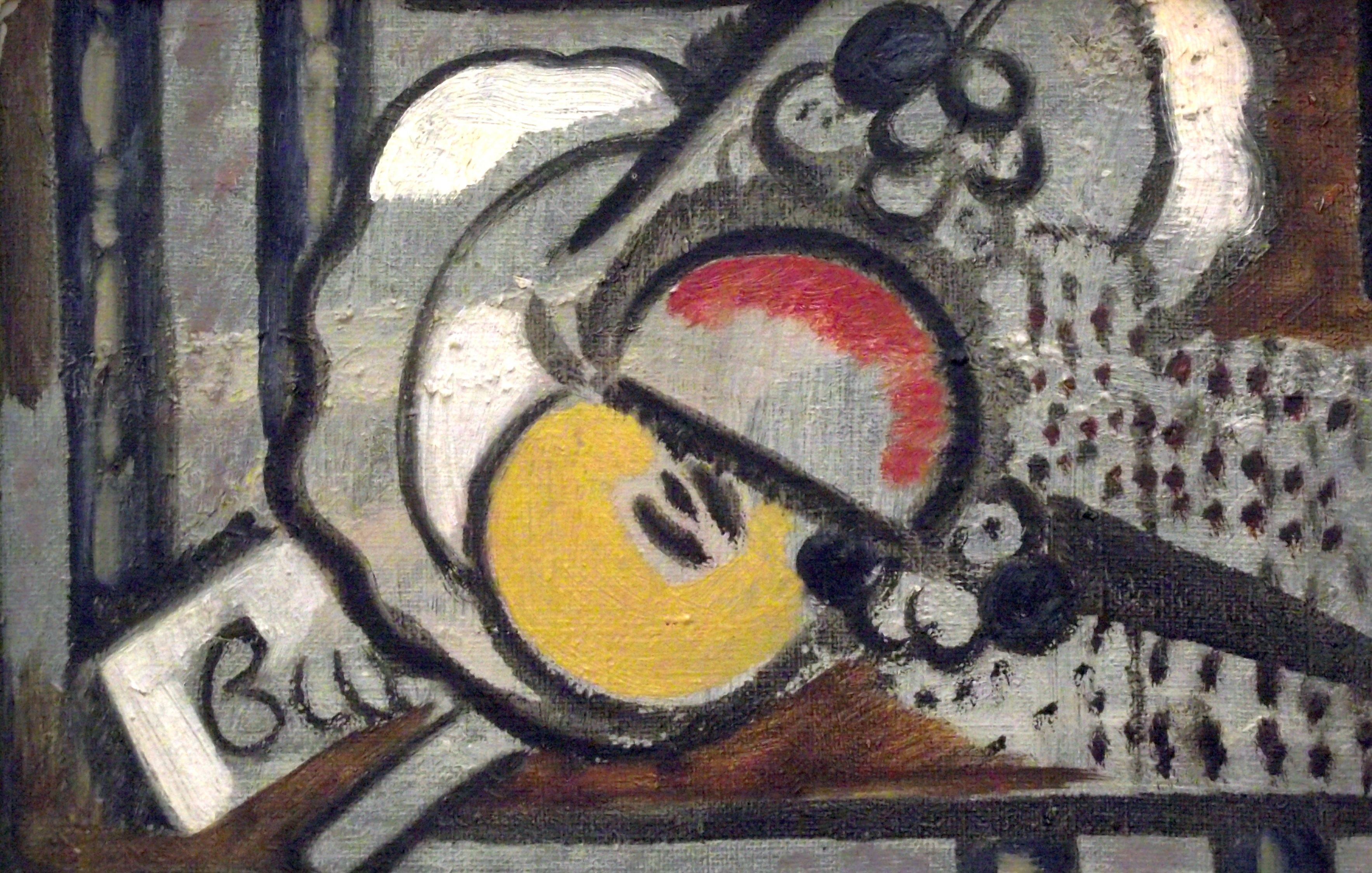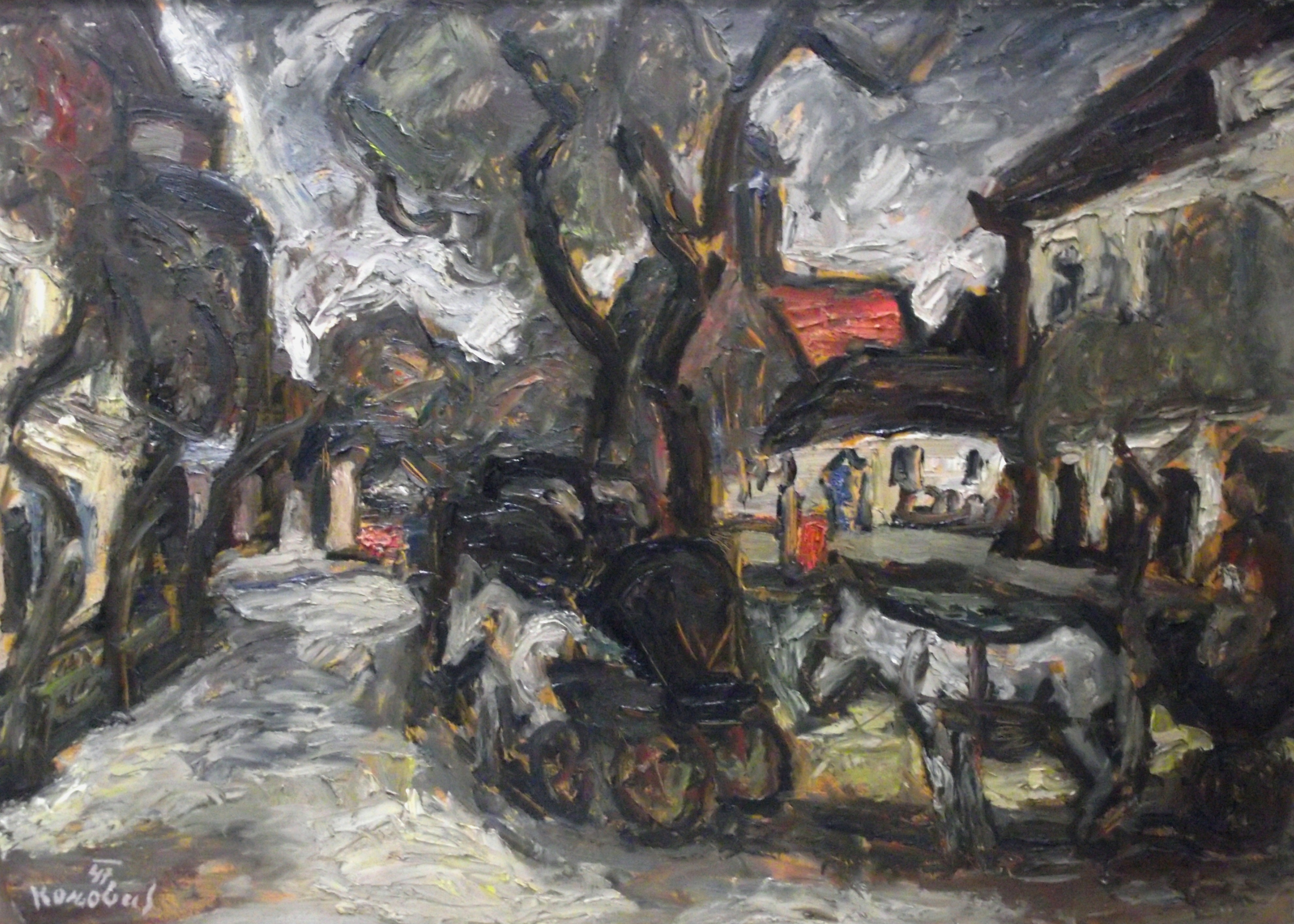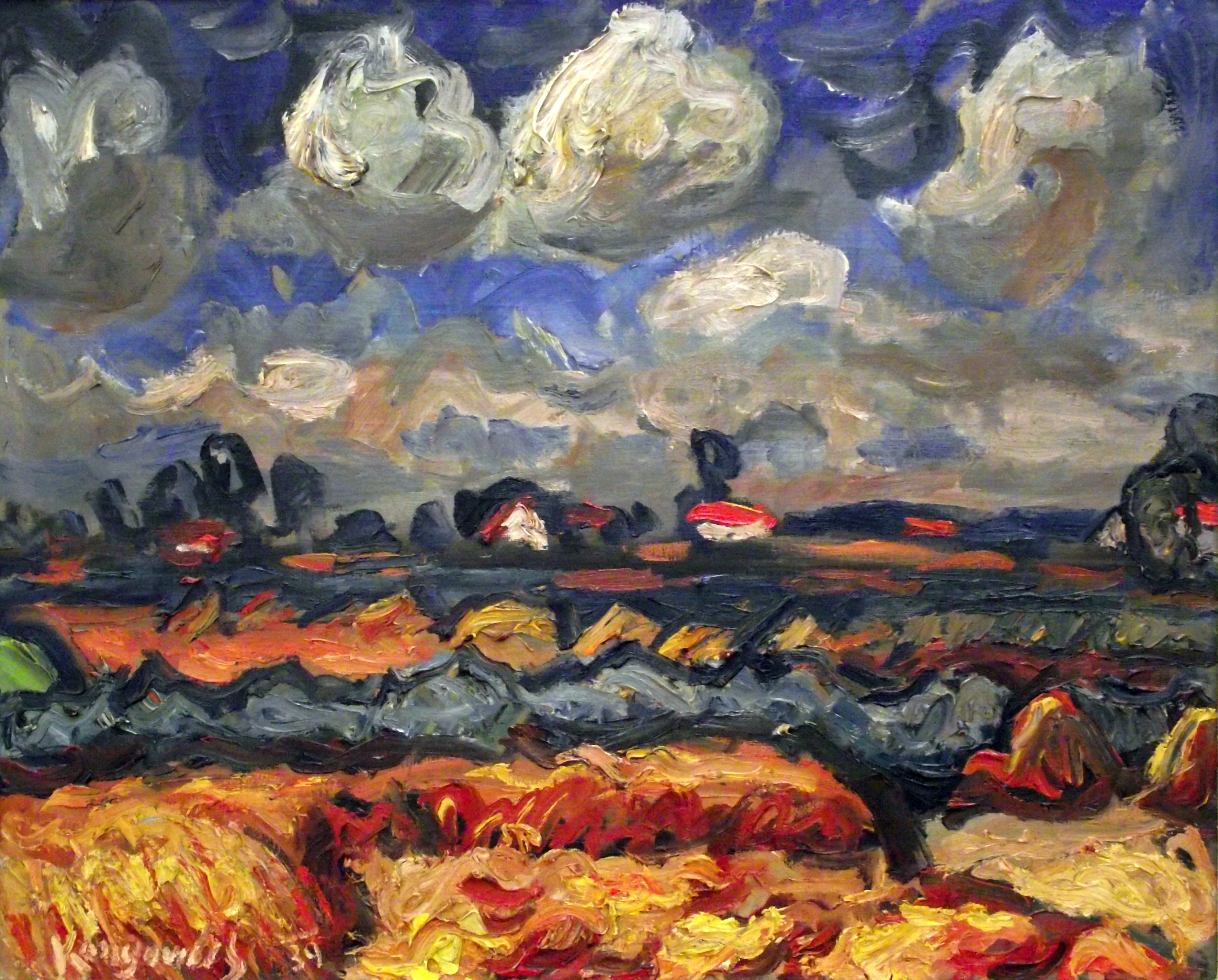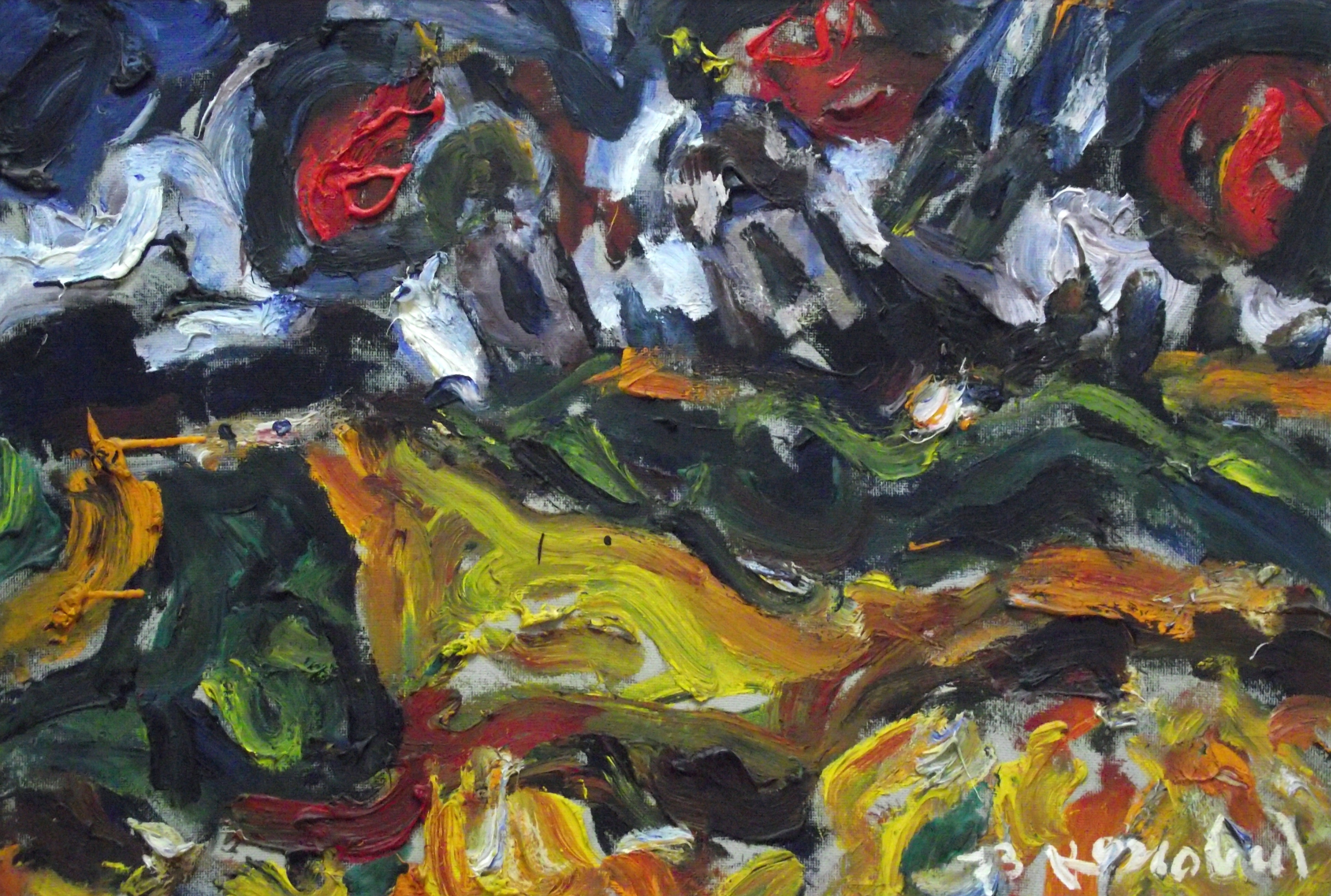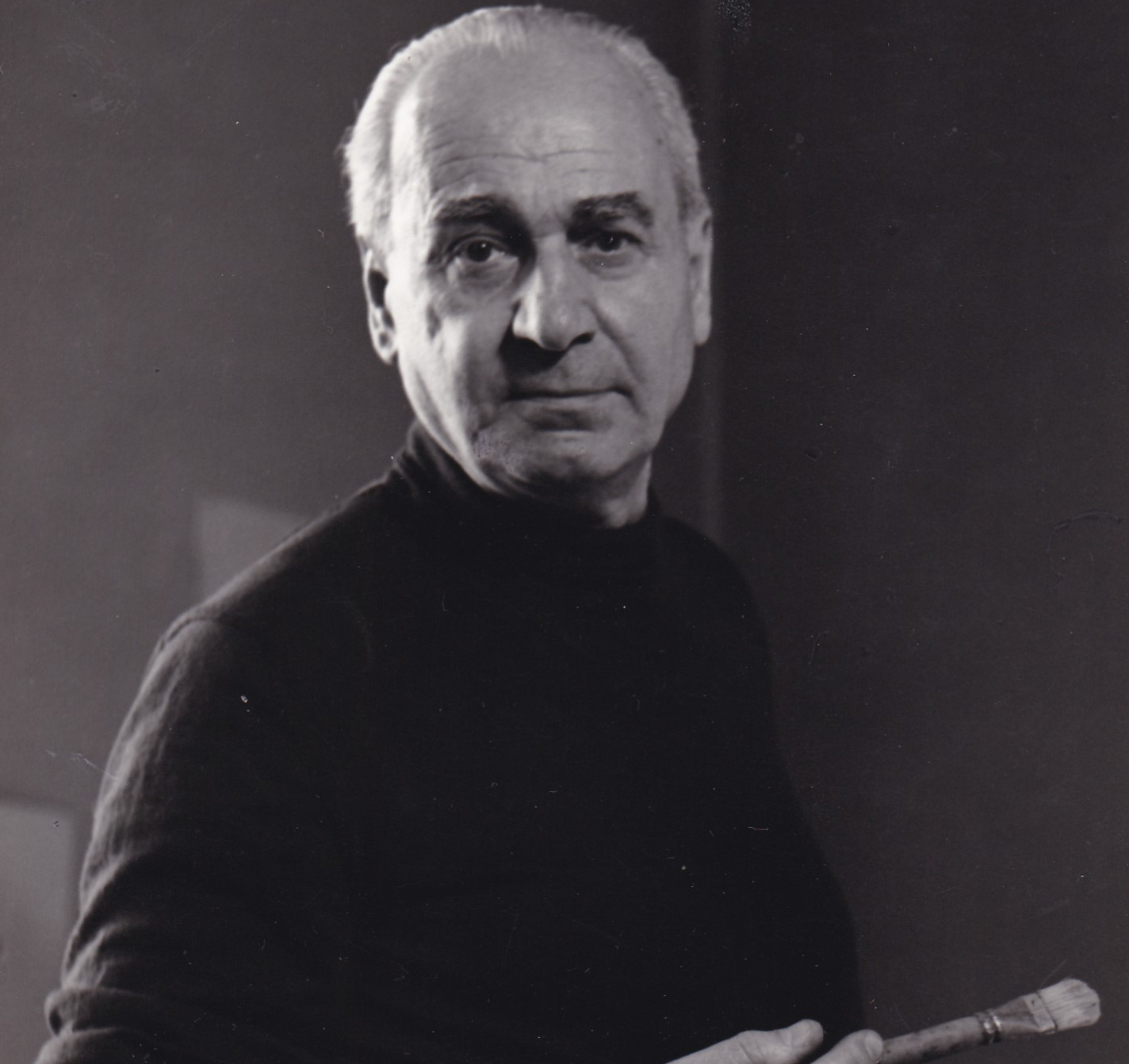 |
Milan Konjović, a prominent 20th century painter, was born in 1898 as the second son of David Konjović, a lawyer and a royal notary, and Vera, born Vukičević. The Konjović family had lived in Sombor for a long time, coming to this region during the “Great migration of Serbs” in 1690 with patriarch Arsenije Čarnojević from the Patriarchate of Peć, while later on, over centuries, they took upon a significant role in the city’s political, social and cultural life.
Milan's art
In high school already, in 1914 in Sombor, Milan Konjović exhibited around fifty of his works painted in nature, and in 1919 he enrolled at the Academy of Fine Arts in Prague, in the class of professor Vlaho Bukovac. After two semesters he continued his studies independently. Avant-garde Czech painter Jan Zrzavy recommends him to study Leonardo, while later he leaves first to Vienna, followed by study trips to Munich, Berlin and Dresden in 1923. He arrived to Paris with Ema Maštovska, his future wife he met in Prague in 1924, remaining in the city until 1932, when he returned to Sombor to stay. In Paris, he achieved notable success in independent exhibitions and taking part in the Paris salon exhibitions. This is where his “blue phase” emerges (1929 - 1933), his first mature artistic physiognomy.
|
Upon returning to Sombor, he devoted himself to painting his hometown and its surroundings, its landscape, people and atmosphere, with visionary passion, marking all of his works with an authentic creative seal and style. During the summers, he would paint in Dalmacija (Mlini, Cavtat, Dubrovnik), and the period from 1934 to 1939 encompasses the artist’s “red phase”. During the war, in 1941 he was held captive in a camp in Osnabruck, and while imprisoned he mostly worked with tempera and this is where he also created the majority of drawings. After returning to Sombor, the years 1943, 1944 and 1949 were marked with pastel, oil on canvas with reduced colors, making the artist’s “grey phase” (1940 - 1952). The year of 1953 was a turning point in the art of Konjović: he takes upon a more liberal stance towards a subject, the “colorist phase” works are dominated by pure, intense colors, the artist stops at the verge of abstraction. The new orientation culminates and lasts on in the works from the “associative phase” (1960 - 1984), while in 1985 the painter initiated the first variations of Byzantine art, and the “Byzantine art” will bear another 30 new works by late 1990, finalizing Konjović’s rich opus of around 6,000 works in the techniques of oil paint, pastel, tempera, watercolor, drawing, tapestries, theater scenography, costume sketches, stained glass, mosaic, graphics. |
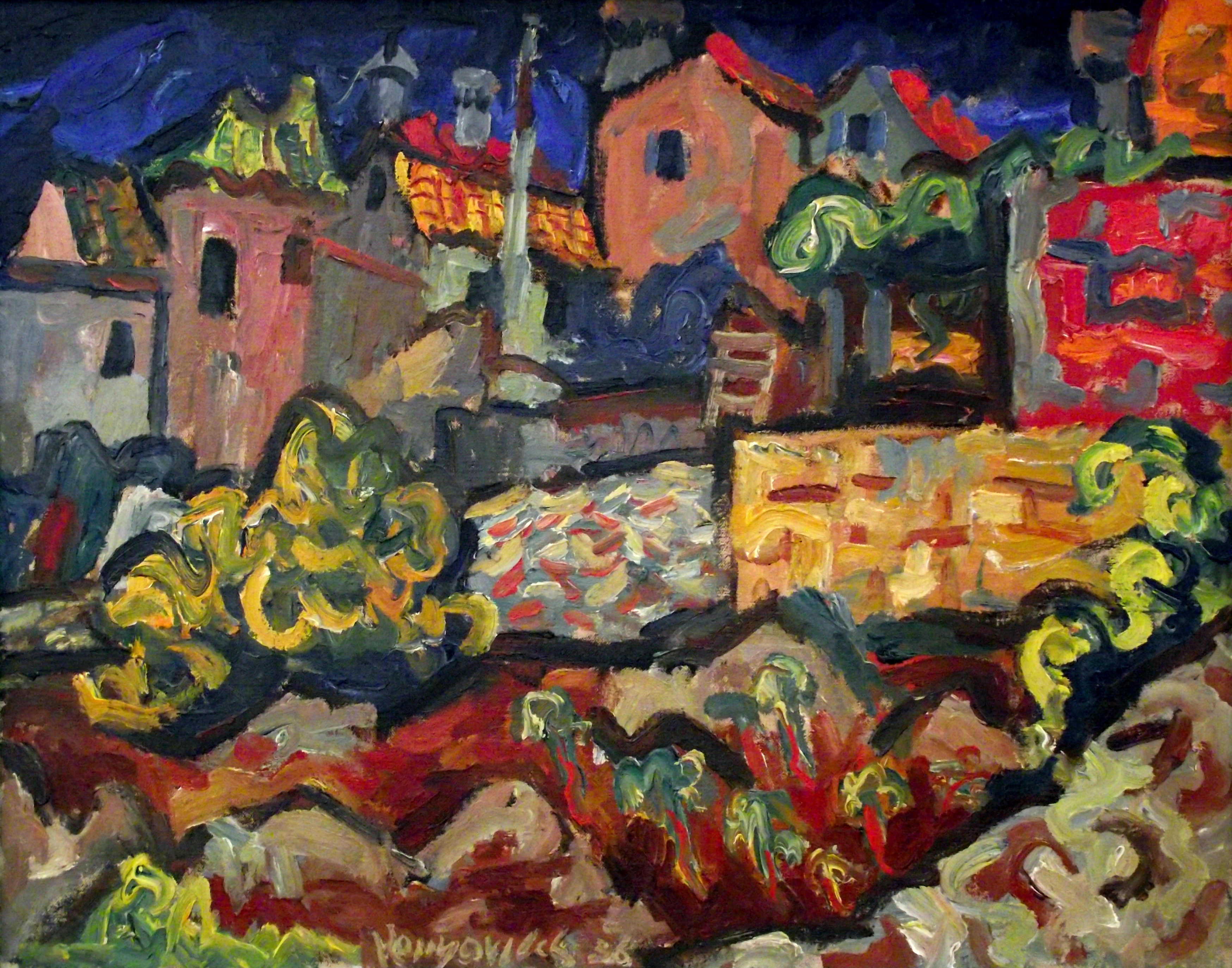 |
He took part in more than 300 independent and around 700 group exhibitions in the country and abroad. He was appointed a regular member of Vojvodina Arts and Sciences Academy in 1979, a corresponding member of Yugoslav Academy of Arts and Sciences in 1986, and regular member of Serbian Academy of Sciences and Arts in 1992.
Gallery “Milan Konjović”
Address: Trg Sv. Trojstva 2, Sombor
Working hours: Monday – Friday, from 8 to 17h, Saturday from 9 to 13h
www.konjovic.rs
www.facebook.com/galerija.milankonjovic
He took part in more than 300 independent and around 700 group exhibitions in the country and abroad. He was appointed a regular member of Vojvodina Arts and Sciences Academy in 1979, a corresponding member of Yugoslav Academy of Arts and Sciences in 1986, and regular member of Serbian Academy of Sciences and Arts in 1992.
Gallery “Milan Konjović”
Address: Trg Sv. Trojstva 2, Sombor
Working hours: Monday – Friday, from 8 to 17h, Saturday from 9 to 13h
www.konjovic.rs
www.facebook.com/galerija.milankonjovic
Gallery “Milan Konjović” in Sombor was opened on 10 September 1966, with a collection of Milan Konjovic’s 500 selected works, gifted by the great artist to his hometown Sombor with a message: “I lovingly gift these paintings, my darling ones, to my hometown, where they only belong”. The Gallery now involves 1,084 selected works by Milan Konjović providing an overview of his entire creative work. The works are being presented in retrospective exhibitions (there have been 12 so far) and occasional theme exhibitions, reaching the number of around fifty. The gallery also organizes numerous artist’s exhibitions throughout Serbia and abroad. It is highly significant in Sombor’s culture and among art lovers, especially the maestro’s works which continue to generate significant attention, even after more than half a million visitors.
The building that houses the gallery was built on top of the foundation of the town’s first pharmacy opened by Ferdinand Plank in 1766, in Biedermeier style, later being renovated for the needs of the pharmacy in 1838 by Emil Gale. Since its early days and up until the beginning of World War II, when the building was demolished and the edifice got its current appearance, the building was accompanied with additional annexes, later being taken down. In the 18th and 19th century, the city core has been shaped with three squares, city streets and parts of other circular streets. Being a part of the area, the Gallery “Milan Konjović” was declared cultural property of major significance.
City museum Sombor
Address: Trg Republike 4, Sombor
Working hours: Monday – Friday, from 9 to 18h, Saturday from 9 to 13h
www.gms.rs
www.facebook.com/gmsombor/
After the liberation of Sombor in 21 October 1944, the propaganda department of the Military Administration formed a Culture and Education Board, with one of its tasks being the reopening of the museum whose establishment had been talked about ever since 1880. Milan Konjović was entrusted with taking care about the museum and library renovation, and his designated associates were Herceg Janoš, writer, and Stevan Jenovac, who was taking care about the collections. The opening ceremony in the house of Julije Lederer, still housing the museum, happened on 27 October 1945, when Milan Konjović was appointed its Director. The museum was opened by writer Veljko Petrović, and the opening exhibition presented a collection of paintings by Yugoslav authors owned by Pavle Beljanski.
With investments in staff and years of collecting relevant works, along with strong efforts made by all employees, the City Museum in Sombor turned into a cultural institution now managing museum conservation activities for the municipalities of Apatin, Odžaci and Kula, and the City of Sombor. The museum also involves the Gallery of Contemporary Art, presenting, among others, some works by Milan Konjović.
We invite all art lovers to visit the Gallery “Milan Konjović” and the City Museum in Sombor, along with an invitation for socially responsible companies to contact us at umetnostsrbije@naled.rs to jointly provide support in promoting this important cultural institutions.




